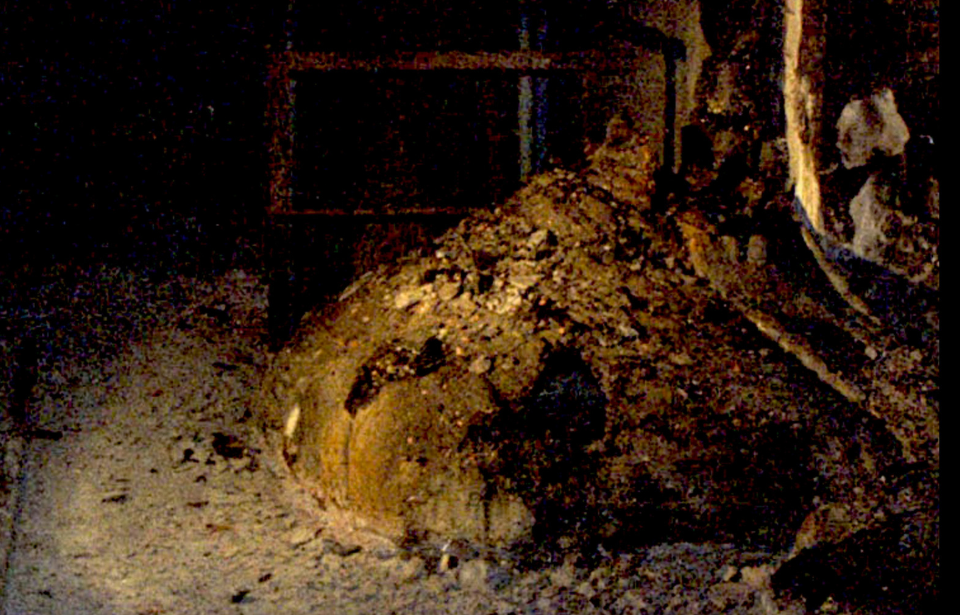In the wake of the 1986 Chernobyl nuclear disaster near Pripyat, Ukraine, a haunting relic known as the Chernobyl “Elephant’s Foot” was left behind. This lava-like blob of radioactive materials continues to intrigue and terrify scientists and the public alike. It is not just a symbol of the disaster but also a stark reminder of the dangers of nuclear energy when things go catastrophically wrong.
The Chernobyl Elephant’s Foot is a mass of corium and other materials that formed underneath Reactor No. 4 of the Chernobyl Nuclear Power Plant. Its eerie appearance and lethal radiation levels have understandably made it a subject of fascination and fear.
The Chernobyl nuclear disaster was a catastrophic event
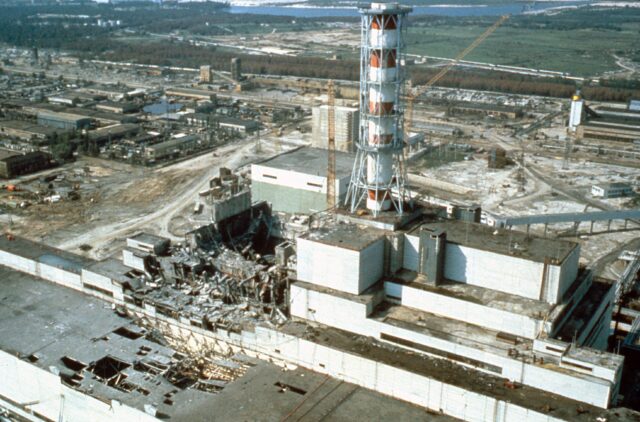
On April 26, 1986, the world witnessed its worst nuclear disaster when reactor 4 at the Chernobyl power plant erupted. During a routine safety test, the uranium core inside the reactor overheated, reaching temperatures over 2,912 degrees Fahrenheit. This led to a catastrophic chain reaction, causing a massive explosion that ripped through the reactor’s concrete and steel lid. The explosion was so powerful that it blew the 2,000-ton reactor lid into the air, releasing a cloud of radioactive particles into the atmosphere.
The explosion released more than 50 tons of radioactive material into the atmosphere, spreading as far as France. The immediate aftermath saw hundreds of workers and engineers at the plant succumbing to radiation exposure, with countless others suffering long-term health effects. The impact of this disaster is still felt in Chernobyl today. The surrounding area, known as the Exclusion Zone, remains uninhabitable, and the long-term environmental and health consequences continue to be studied.
Formation of the Chernobyl elephant’s foot
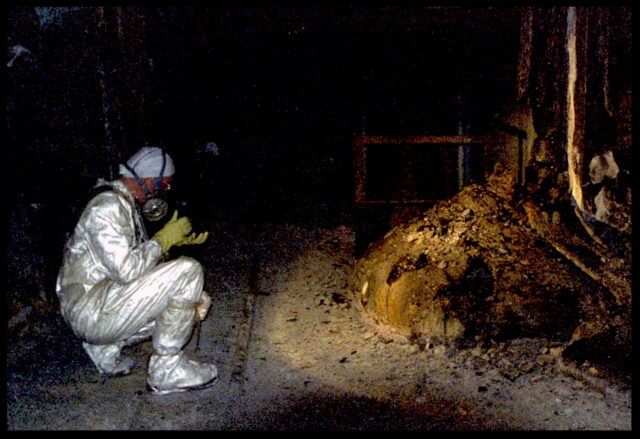
In the chaotic aftermath of the explosion, the uranium fuel inside reactor 4 melted and mixed with sand, concrete, and other materials. This lethal concoction flowed out of the reactor, burning through the concrete floor and eventually solidifying in the basement of the facility. The resulting mass, dubbed the Chernobyl “Elephant’s Foot” for its shape and texture, is a mixture of nuclear fuel and other materials, collectively known as “corium.”
The formation of the mass was a result of the intense heat generated by the melted nuclear fuel. As the molten material flowed through the reactor building, it picked up various substances, creating a highly radioactive and toxic mass. The Elephant’s Foot is not just a single entity but a complex mixture of different materials, each contributing to its hazardous nature.
Deadly radiation levels of the Chernobyl elephant’s foot
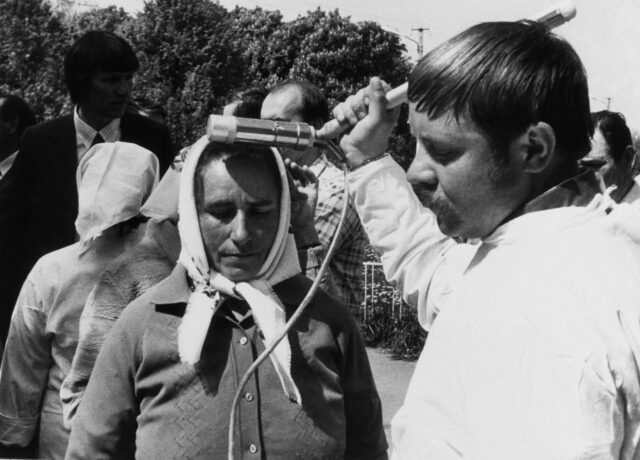
When first discovered months after the disaster, the mass was still emitting dangerously high levels of radiation. Initial measurements showed it released nearly 10,000 roentgens per hour—equivalent to the radiation from four and a half million chest X-rays. Exposure to this level of radiation could cause dizziness and fatigue within 30 seconds, hemorrhaging of body cells within two minutes, and death within 48 hours after just five minutes of exposure.
Despite the immense risks, brave investigators, known as liquidators, ventured close to the Elephant’s Foot to document and study it. They used makeshift tools and even a wheeled camera to capture images from a safer distance. One notable figure, radiation specialist Artur Korneyev, suffered from cataracts and other illnesses due to his exposure while studying the mass. The efforts of these liquidators were crucial in understanding the extent of the disaster and mitigating its effects.
Ongoing research and replication efforts
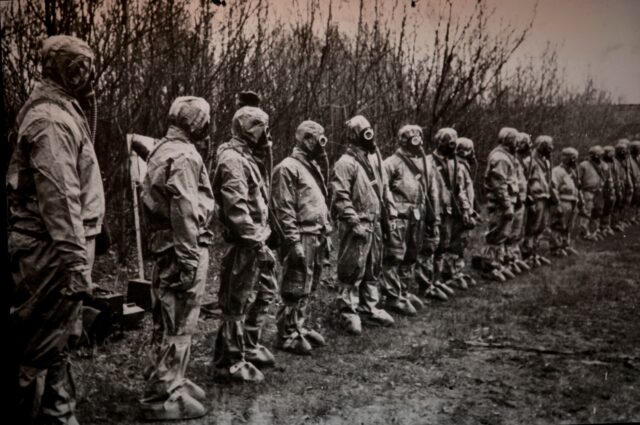
Today, the Chernobyl Elephant’s Foot no longer emits as much radiation as it did initially, but it remains a significant hazard. To study it without risking health, researchers have attempted to replicate its chemical composition in the lab. In 2020, a team at the University of Sheffield in the U.K. successfully created a miniature version using depleted uranium. These replicas allow scientists to study the properties of corium and develop better methods for handling nuclear accidents.
While these replicas provide valuable insights, researchers caution that they are not perfect substitutes for the real thing. Andrei Shiryaev from the Frumkin Institute of Physical Chemistry and Electrochemistry in Russia likened the simulation to “doing real sport and playing videogames.” Nonetheless, these studies are crucial for understanding and preventing future nuclear disasters. The ongoing research into the Chernobyl Elephant’s Foot and similar phenomena helps improve safety protocols and emergency response strategies for nuclear facilities worldwide.
More from us: The Forgotten Village of Imber Was Taken From Its Villagers
The Chernobyl Elephant’s Foot stands as a chilling reminder of the catastrophic events of 1986 and the ongoing challenges in managing nuclear materials. As scientists continue to study this lethal relic, the lessons learned will hopefully help prevent similar tragedies in the future.
